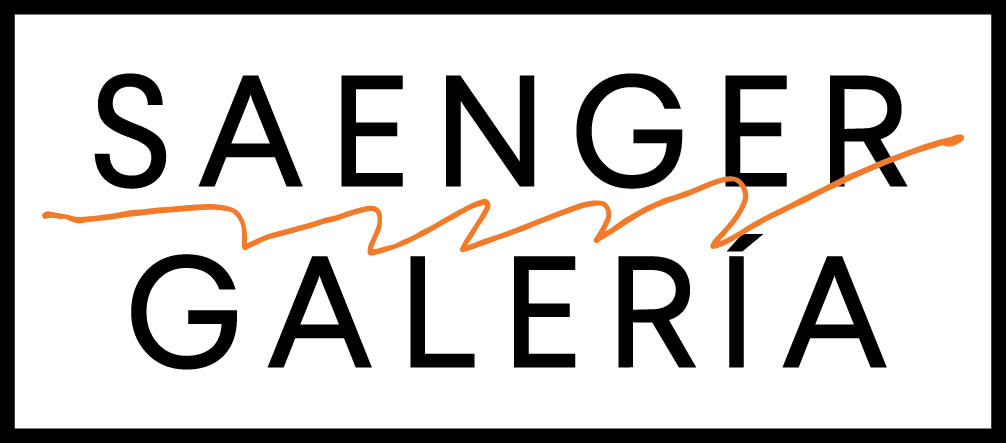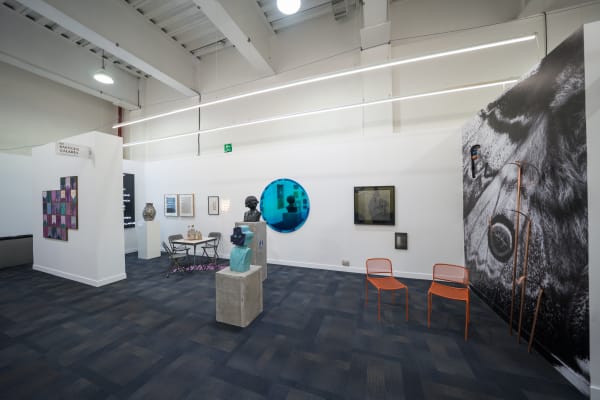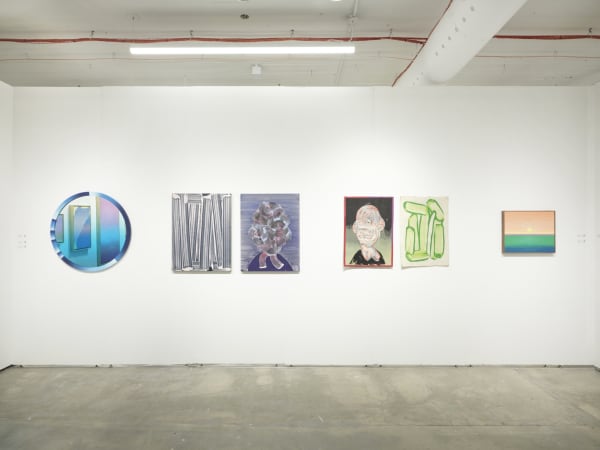This exhibition presents the most recent body of work by the artist Cecilia Barreto (Mexico City, 1985), in which she elaborates on the experience of her trip to the state of Sonora, in northern Mexico, where the largest extraction areas of lithium in the country are located. Considered the white gold or oil of the 21st century, this metal, used in the production of electric cars and electronic devices, and linked to the notion of clean energy in the environmental crisis that we are going through, is the reason for a power dispute in the neoliberal global system.
— Christian Gómez
This exhibition presents the most recent body of work by the artist Cecilia Barreto (Mexico City, 1985), in which she elaborates on the experience of her trip to the state of Sonora, in northern Mexico, where the largest extraction areas of lithium in the country are located. Considered the white gold or oil of the 21st century, this metal, used in the production of electric cars and electronic devices, and linked to the notion of clean energy in the environmental crisis that we are going through, is the reason for a power dispute in the neoliberal global system.
As is distinctive of the artist's production, this series opens a space for play between data of realities that need to be denounced urgently and a series of translations between different modes of abstraction. In other words, her works are in a condition of tension: between precise information, which representation supposes a process of data abstraction through graphics and images, and the mere appearance of abstract painting. However, Barreto's is a representational painting, anchored in verifiable information. It is a space that fascinates the gaze, which is invited to see calmly.
After addressing forms of visuality in other projects such as those of social protest, the media, financial capitalism, as well as contemporary extractivist processes, in Sentir desierto the artist's analytical perspective was permeated by the overflowing relationship between body/ territory. As in no other project, the bodily experience of the desert, as well as the violent threat of the conflicting powers that cross it, produced different works, where the tensions between the visible and the concealed are accentuated. Between the apparently natural landscape and the impenetrable extraction zones.
In this exhibition, the sculpture of a rattlesnake on a mesquite base serves as an anchor for a territory from which we receive blurred images. On the other hand, the paintings, which we see as precious abstractions, present different extractive feasibility studies for transnational companies, cost/benefit analysis, studies on the uses of metal, among other information. While the mirrors, where the data recorded in the frames compete with the fascination produced by the reflection, allude to the well-known and inequitable exchange of mirrors for gold by the colonial order.
According to the artist, these works are a form of landscaping. However, in the face of the nineteenth-century current where industrial modernity and the triumph of culture over nature were heralded, in this contemporary realization –or late capitalism– there is no idealization: the idyllic landscape has become the scene of the dispute between a State in reformulation, the forms of corporate neocolonialism and the irruptions of narcopower. Here, the horizon finds its limit where life-threatening power struggles begin.
— Christian Gómez Vega






